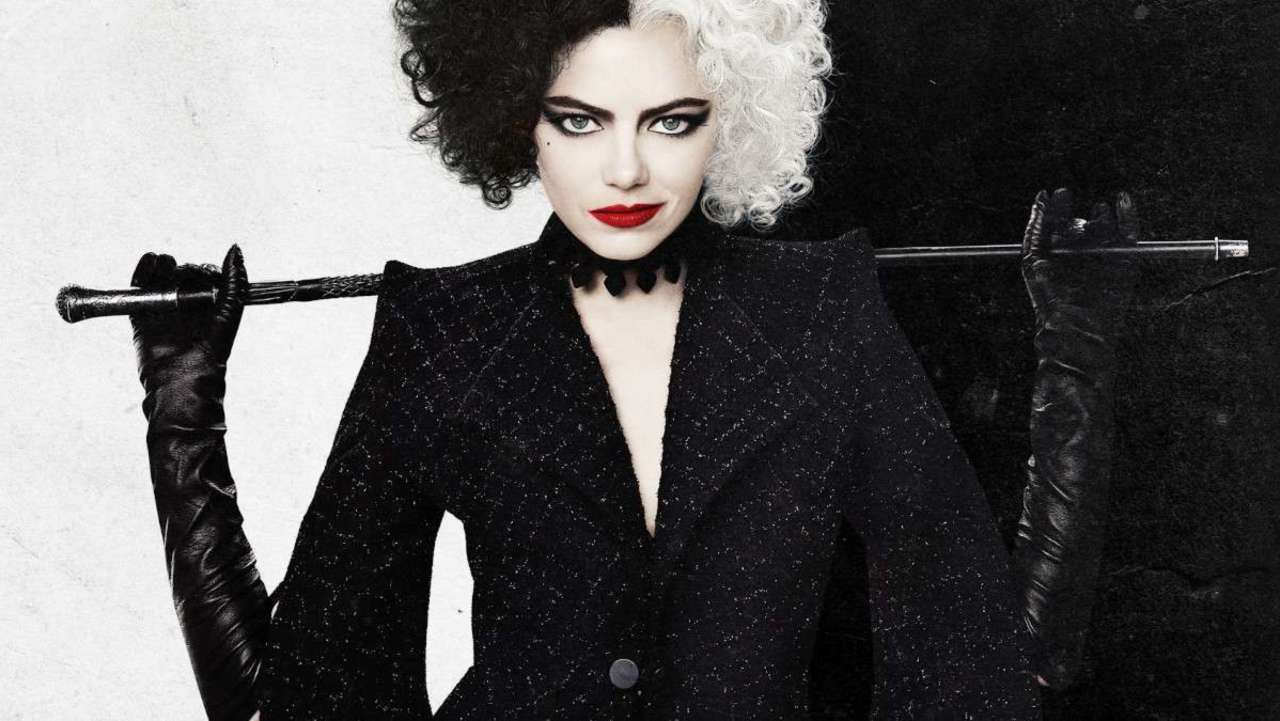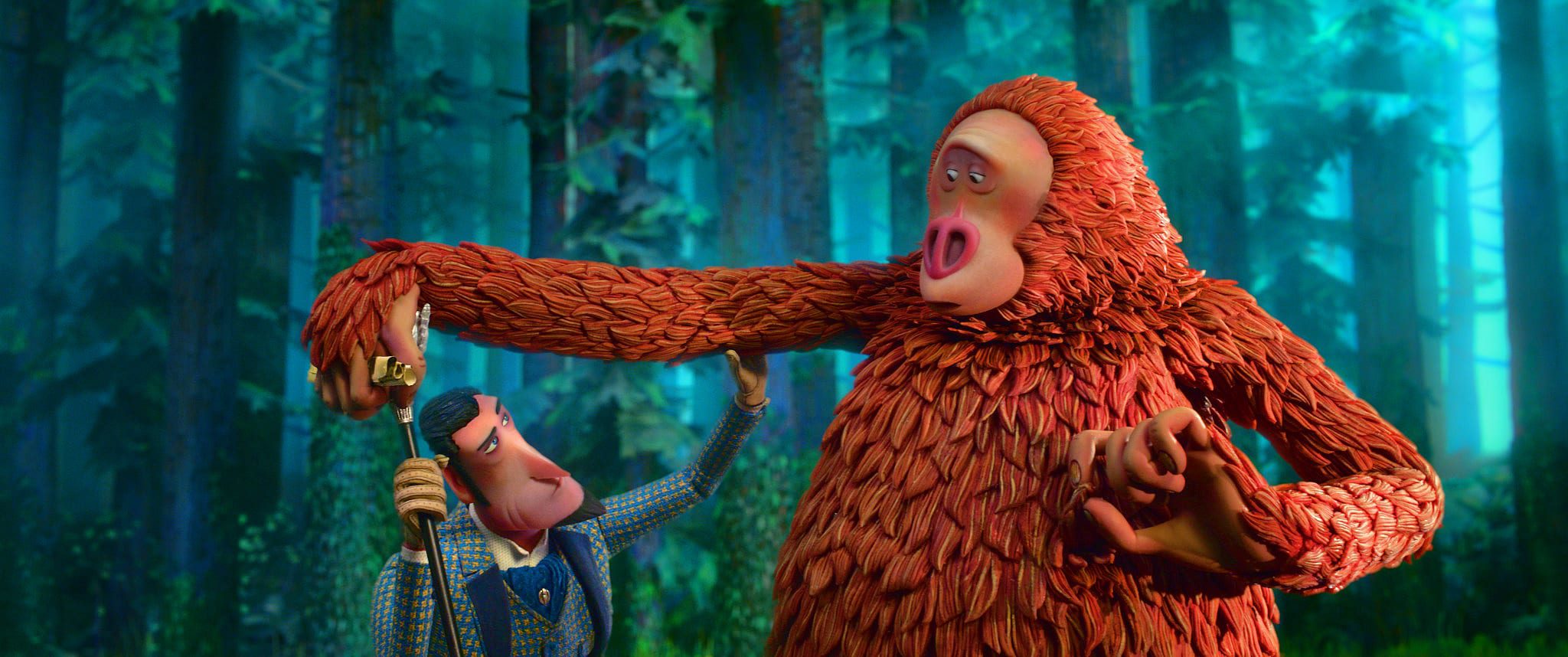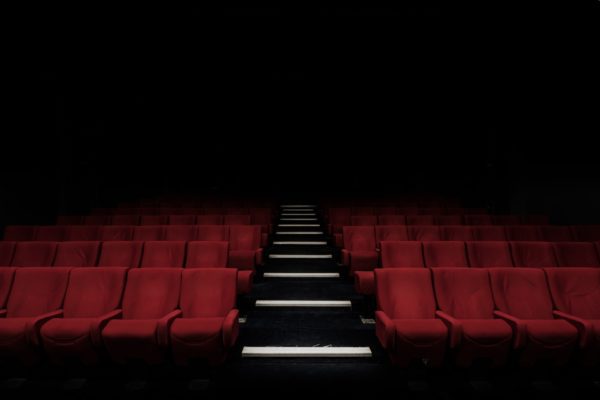
7.20 Sympathy for CRUELLA De Vil
In Cruella, Emma Stone brings the backstory of one of Disney?s most famous villains to life. Well before there were 101 Dalmatians, Cruella De Vil was an aspiring fashion designer. However, when she matches wits against the (even more) evil designer, The Baronness (Emma Thompson), Cruella and her friends Jasper and Horace must scheme to…





